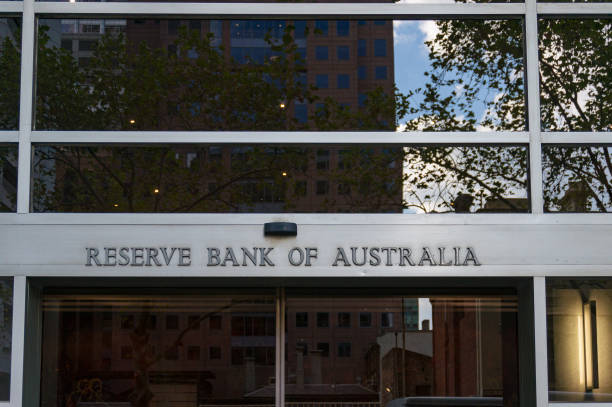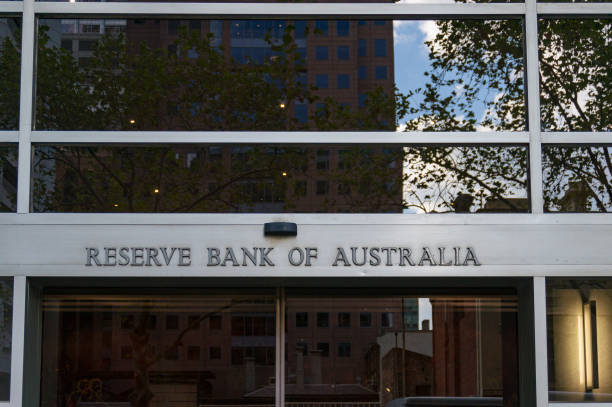
RBA’s minutes for the October meeting offered more supports that further easing will be rolled out soon. Potential measures include rate cuts and asset purchases. The bottom line is that the policy rate will not go negative. Assistant Governor Christopher Kent’s speech earlier today signaled strongly the easing bias. We maintain our view that RBA will, in November, announce a easing package which included reduction in the cash rate, yield curve control (YCC) target and Term Funding Facility (TFF) rate to 0.1%, from the current 0.25%. It will also expand asset purchases on 5-10 year bonds in order to lower the long-term yields and curb the appreciation of Australian dollar.
As noted in the minutes, the members “agreed to maintain highly accommodative policy settings as long as required and to continue to consider how additional monetary easing could support jobs as the economy opens up further”. Concerning the possible tools “support jobs and the overall economy”, policymakers “discussed the options of reducing the targets for the cash rate and the 3-year yield towards zero, without going negative, and buying government bonds further along the yield curve”. They believed that “these options would have the effect of further easing financial conditions in Australia”.
There are a number of reasons driving the central bank’s consideration to ease further. RBA acknowledged that “the larger balance sheet expansions by other central banks relative to the Reserve Bank were contributing to lower sovereign yields in most other advanced economies than in Australia”. It also judged that “as the economy opens up, members considered it reasonable to expect that further monetary easing would gain more traction than had been the case earlier”. Moreover, the members believed that “a further easing would help to reduce financial stability risks by strengthening the economy and private sector balance sheets, thereby lowering the number of non-performing loans”.
Policymakers also noted that “they would also like to see more than just progress
towards full employment before considering an increase in the cash rate”. The minutes suggested that “members recognised that while inflation can move up and down for a range of reasons, achieving inflation consistent with the target is likely to require a return to a tight labour market”.


 Signal2forex.com - Best Forex robots and signals
Signal2forex.com - Best Forex robots and signals




